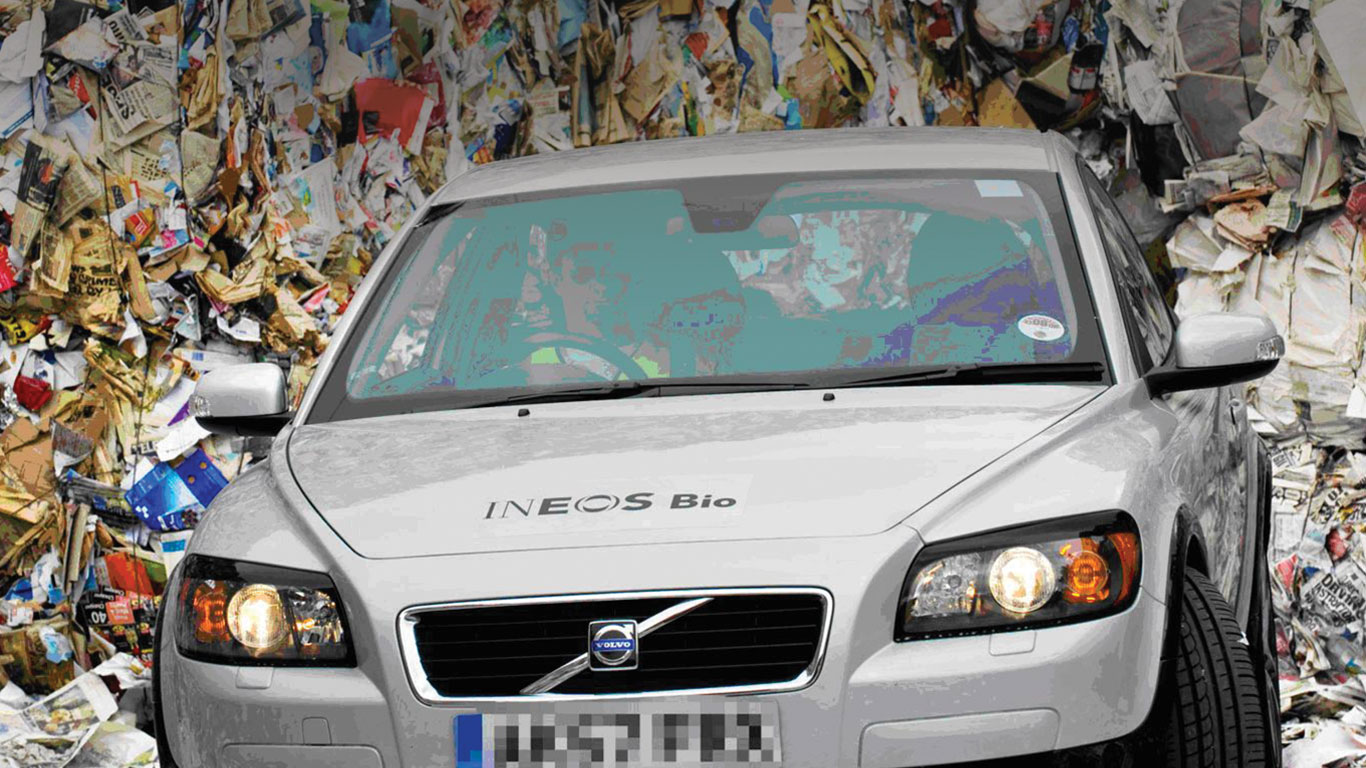Companies wanting to grow sustainable businesses must have a rich source of talent to tap into. But when you are faced with ageing workforces and a shortage of skills, it becomes critical. Like all Science, Engineering and Technology companies INEOS knows that only too well. It’s one of the reasons it works so hard to ensure that that INEOS is a rewarding place to work so that they can attract – and more importantly, develop and retain – talented employees
Forward-thinking companies do just that. They think ahead. They think about the future. They plan.
And an essential part of that plan means working out exactly who are the future stars of your business.
And that has never been more important for the chemical industry.
An ageing workforce combined with a skills shortage is now having a profound effect on all industries, says The European Chemical Industry Council (Cefic).
For the chemical industry, which needs a continuous stream of skilled, highly trained, highly disciplined and motivated employees to survive in highly competitive world markets, it’s a particular worry because of the decline in the number of students who view science as a career.
Part of the problem is to do with the image of science in schools and the public’s generally negative perception of industry.
Earlier this year Cefic published its first-ever report on how the chemical industry in Europe should work towards sustainability.
It said the chemical industry had to do more to change its public image – and believed it could, if the industry were more open, engaged more with students, governments and stakeholders, and publicly demonstrated how its products made a difference to society.
“Our aim is to make chemistry and our business an even more attractive employment option,” said Cefic.
As a company, INEOS has arguably started to do that.
It knows it needs to raise its public profile globally so that is able to attract the next generation of researchers, engineers, managers and line workers.
For despite INEOS’ position in the world you would not be alone if you said: ‘I’ve never heard of INEOS.’
To address the balance, INEOS has been busy building solid bridges with schools, colleges, universities, and local communities.
Its aim is always the same: to inspire and excite the brightest young sparks to want to work for them – and reassure communities that it cares about their wellbeing too.
“Building positive relations with our local communities and making our company a great place to work make good business sense,” said Anne-Gret Iturriaga Abarzua, Communications Manager at INEOS’ Köln site.
“And both are essential to ensuring the long-term success of our company.”
The approach is working.
In America and Germany, where INEOS works closely with schools, universities and organisations, it has effectively been able to shape its own destiny by recruiting exactly the type of people it needs.
“In short we have been able to establish a talent pipeline,” Sam Scheiner, HR director at Olefins & Polymer USA, told INCH magazine.
Much of the good work, though, that INEOS does goes on – quietly – behind the scenes.
Dr Anne-Gret Iturriaga Abarzua recently addressed a global science conference in Helsinki, Finland, which was organised by the Global Network of Science Academies to highlight how schools and industry needed to prepare tomorrow’s workforce.
INEOS – along with the other chemical industries in Stenungsung, Sweden – is also heavily involved with Molekylverkstan, a world class science centre that last year alone welcomed 50,000 visitors.
There, young children are encouraged to experiment with exhibits of molecules to help them understand how the world really works.
“Molekylverkstan is a platform for the chemical industries,” said Carita Johansson, Communications Officer at INEOS ChlorVinyls in Stenungsund.
“And our ultimate aim is to raise awareness and interest in science.”
In addition, INEOS works with the local specialist Technical College to help shape the students’ courses so that they are relevant to life in industry.
“The co-operation between the chemical industries and the schools is important because it means we are more likely to interest talented children that will one day be future employees with the skills we need,” she said.
Elsewhere, though, INEOS’ biggest hurdle is the fact that many outside the company remain unaware of INEOS even though it employs 15,000 people and operates 51 manufacturing sites in 11 countries.
“Considering the size of INEOS, we have never really sold the INEOS story as well as we should,” said Jill Dolan, INEOS Group HR Director.
To help tell that story, this year, INEOS attended some top university careers fairs in the US and Europe for the first time.
But tempting the very best to join an organisation is not enough, says Nathalie Crutzen, Accenture chairman in Sustainable Strategy, HEC-Management School of the University of Liege.
She said companies also needed to do more to improve the lot of the employee – and those living in and working close to chemical sites.
“If we want to reach the objectives of the macroeconomic goal of sustainable development, firms also need to improve the social aspects, such as the wellbeing of workers and the wealth of the population around the firm,” she said.
It’s an area in which INEOS again addresses as part of its day to day operation.
“We work hard to ensure that INEOS is a rewarding place for our staff to work because we know that a highly skilled workforce is vital for the long-term sustainability of our company,” said Jill.
“We also want and need to maintain the trust of communities living and working close to our sites and are committed to supporting them because it underpins our licence to operate.”




















